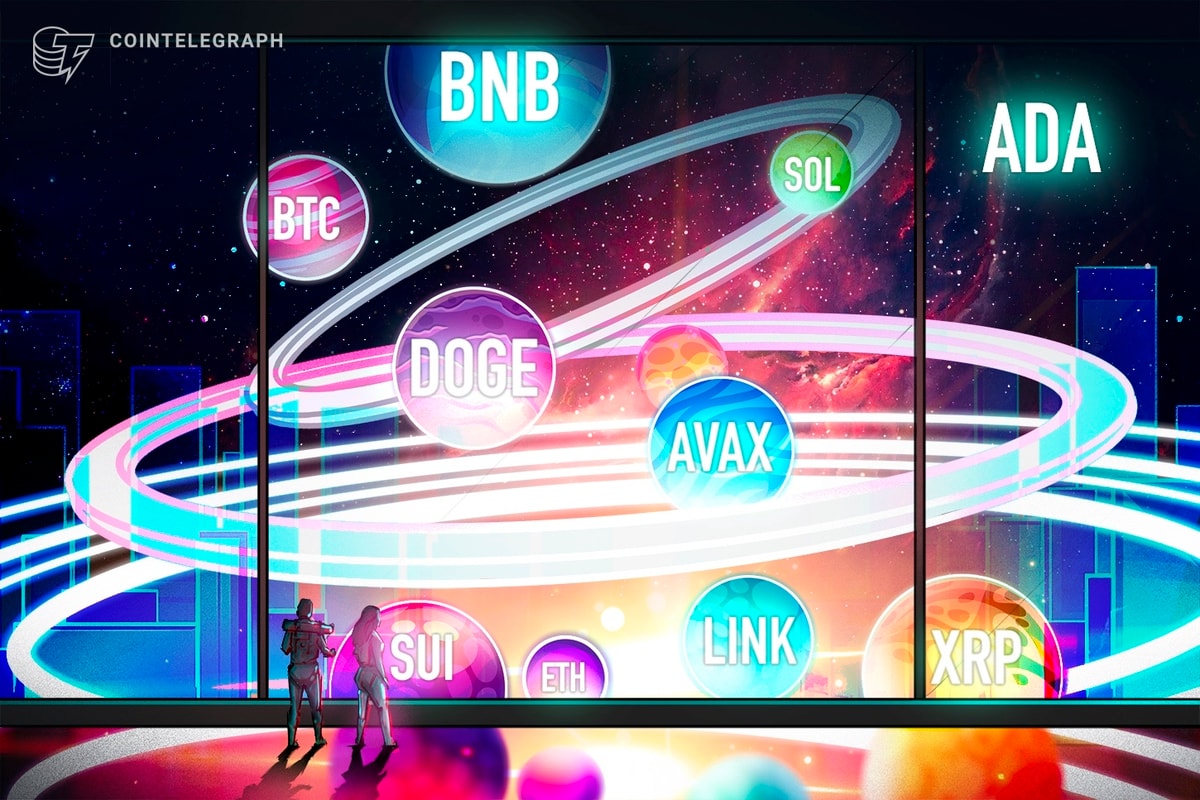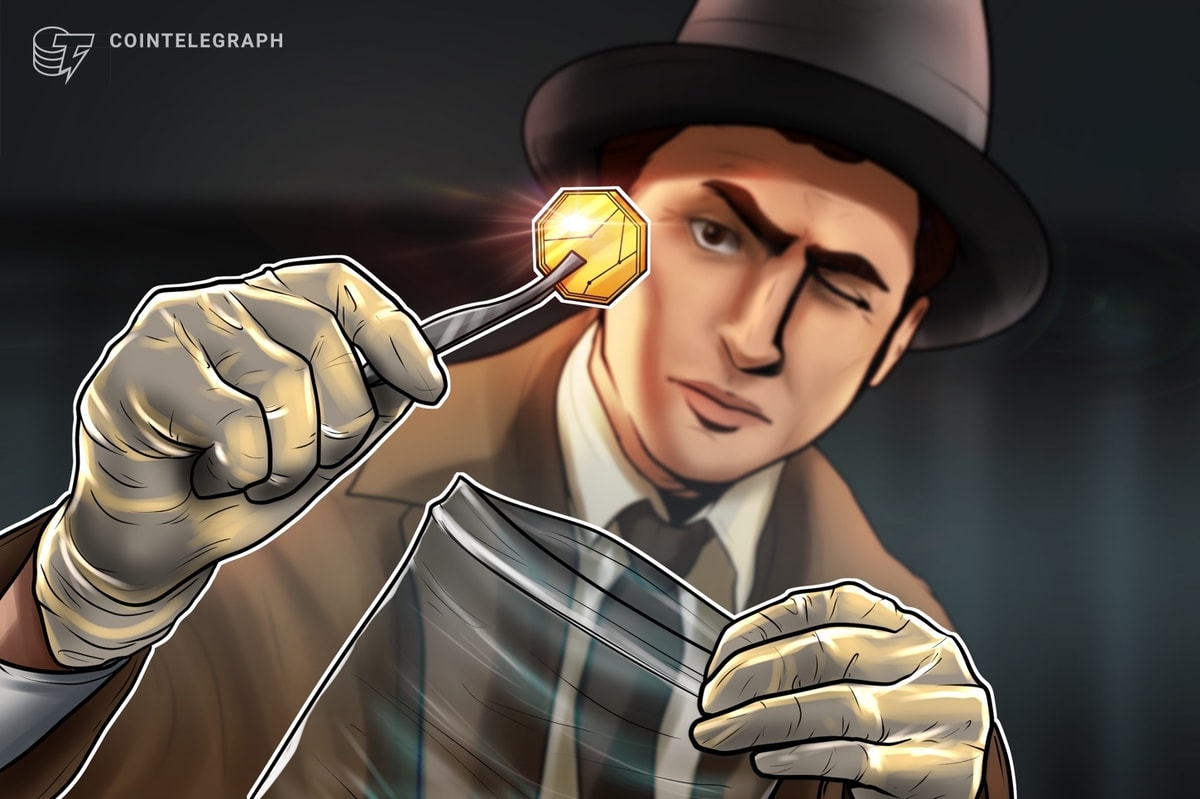Michael Egorov, the founder and CEO of Curve Finance (CRV), has weighed in on the recent UwU Lend hack, explaining that the incident did not exploit Curve Finance itself.
In a Q&A with Cointelegraph, Egorov clarified that “this was not a Curve exploit. This was an exploit of a separate project [UwU Lend],” explaining:
“[...] the hacker, as a part of cash-out play, deposited CRVs taken from UwU to lend.curve.fi (LlamaLend) and disappeared with the funds, leaving his debt in the system.”
Egorov highlighted measures to prevent future exploits, recommending that UwU Lend “re-verify all contracts and connect them to good security auditors” to hopefully recuperate losses.
Related: Curve Finance soft liquidation works, but CRV plunges 28%
Fake CRV burn announcement
Cointelegraph originally reported that Egorov had proposed burning 10% of CRV tokens, valued at $37 million, to stabilize the token’s price and offer increased annual percentage yield to voters.
In the subsequent Q&A with Egorov, he addressed the misinformation about the team burning 10% of CRV tokens:
“This information was tweeted by a fake (impersonator) account, accompanied by a scam link. Few journalists did not fact-check the news and published news about this.”
Related: Curve founder repays 93% of $10M bad debt stemming from liquidation
Bad debt repayment
Egorov announced on June 15 that he had fully repaid the $10 million in bad debt caused by soft liquidations triggered by the UwU exploit.
"CRVs posted as collateral for loans amounted to probably 30% of the circulating supply; half of that was on Curve, so indeed, it incurred some bad debt. It was already repaid. No one is affected.”
Related: Curve Finance's Michael Egorov says $10M in bad debt fully paid
Liquidation risk management
Asking Egorov how Curve Finance plans to manage liquidation risks in volatile markets, he told Cointelegraph:
“For non-major crypto (e.g., not BTC or ETH as collateral), one should likely provide borrow caps; data shows that Curve-specific markets can be well-parametrized to withstand even these conditions.”
On the topic of onchain arbitrage, Egorov said:
“It appears industry heavyweights did not fully know how to deal with liquidations; they did not attempt to do partial hard liquidations for my position on Curve. Eventually, I had to do it myself.”
Looking ahead, to address broader decentralized finance implications of the liquidation, Egorov suggested the creation of “open-source liquidation bots” and community education about liquidations.”











